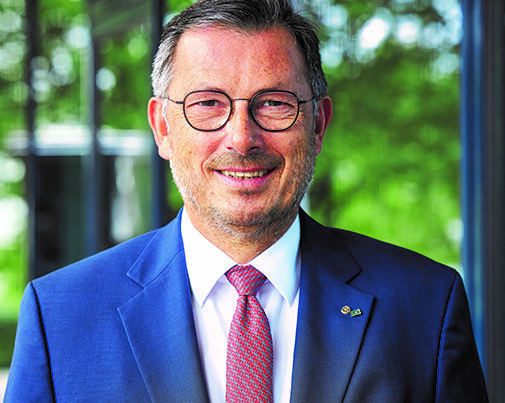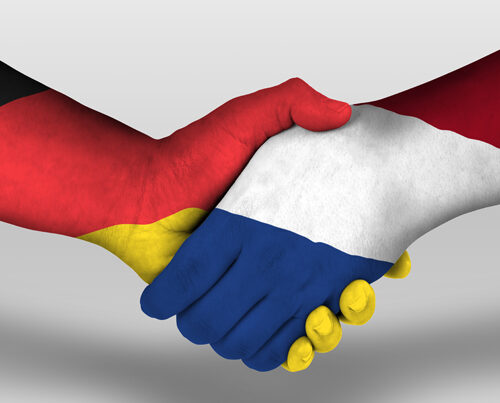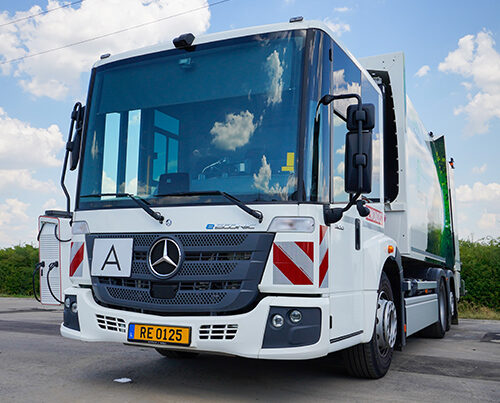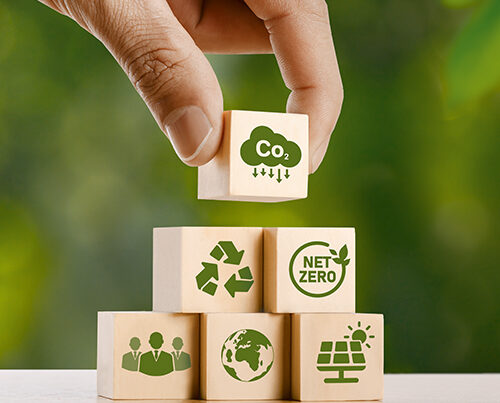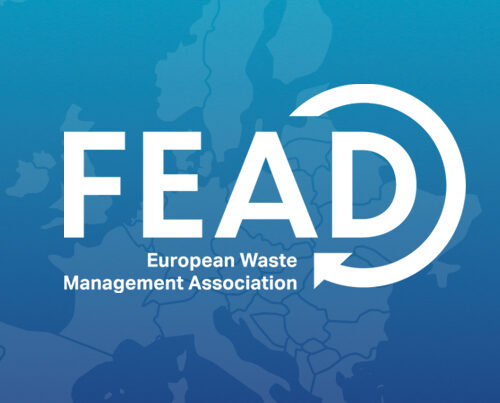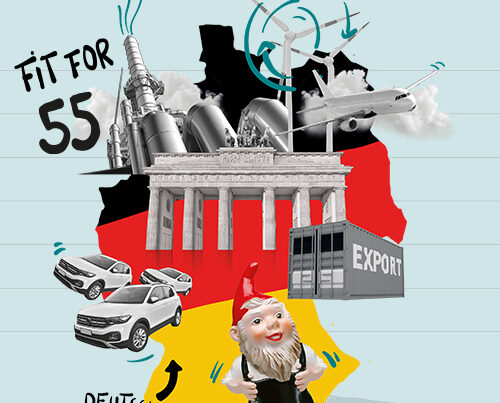The first draft paper for a National Circular Economy Strategy (NKWS) is 130 pages long and is the Federal Ministry for the Environment’s (BMUV) first offering showing how it wishes to drive forward the transition towards a more comprehensive circular economy. 15 months since discussions on this issue began, the question as to whether the NKWS will lead to a cross-party common sense approach (one of its original goals) still remains unanswered.
It is certainly high time that a German government makes it clear exactly what steps it wishes to take here in Germany to adopt the path initiated by the EU to drive forward transformative change to create a comprehensive circular economy. Germany’s first so-called ‘traffic light coalition’, however, is already heading into the final stretch of its term of office. It’s anyone’s guess whether they will be re-elected in September 2025 – and, therefore, whether the NKWS will continue to be worked on and fleshed out after the election or whether it will gather dust on one of the BMUV’s shelves.
The NKWS contains many good things. Both its analysis and conclusion that the circular economy can solve many of our problems – be it climate change, be it our dependency on raw materials – cannot be faulted. Unfortunately, though, very few concrete measures have been developed despite this clear analysis.
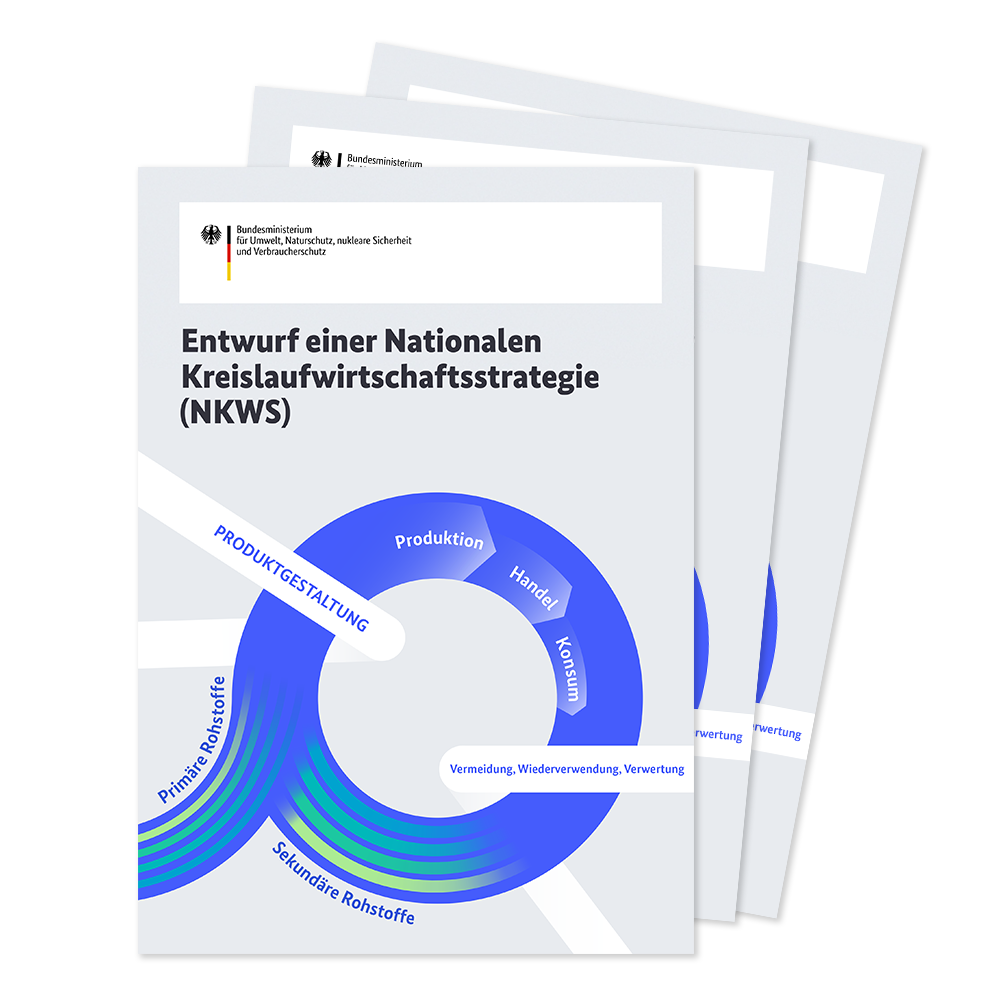
What’s missing: a clear roadmap with concrete measures
The German government wishes to reduce per-capita consumption of virgin raw materials from the current 16 tonnes to eight tonnes by 2045. At the same time, use of recycled raw materials should be doubled by 2030 and volumes of municipal waste first reduced by 10% by 2030 and then by 20% by 2040. These goals are ambitious and they can only be achieved if there is a clear roadmap that has a sound statutory basis and provides the security needed for businesses to invest. This is what is lacking at the moment. It is not enough for German politicians to simply declare that they wish European regulations, such as the Circular Economy Action Plan and the adoption of product-specific ecodesign requirements, to be rapidly introduced into the country – corresponding laws must be passed to bolster such a development.

In its commentary on the draft NKWS, the BDE [Federal Association of the German Waste Management Industry] noted that a smart set of rules and regulations will be needed if the NKWS’s goals for the many material streams are to be reached. How producer responsibility is regulated, how grants are distributed, how digitisation is implemented and how responsibilities for the various material streams are arranged will all determine whether the targets of the NKWS are met or the paper becomes yet another ‘toothless tiger’.
And there are already quite a few such examples in German circular economy legislation. Passed back in 2012, the German Circular Economy Law [KrWG], for example, stipulates that organic waste must be collected separately across the whole of the country. According to an analysis published by NABU [German Nature and Biodiversity Conservation Union] in 2023 – i.e. eleven years after the German Circular Economy Law was passed – around one in three local authorities in Germany have still not introduced an obligatory food and garden waste bin throughout their district. And one in ten districts do not offer such a bin at all. If the German Circular Economy Law were being systematically implemented today, then far fewer volumes of organic waste would be thrown away in residual waste bins – around four million tonnes to be precise – without the Circular Economy Strategy playing a role at all. It will not just be about shaping a statutory framework for the NKWS, therefore, but also ensuring that it is implemented in the best possible way.
On top of this, the NKWS has yet to set any priorities. Which products should priority be given to when setting ecodesign requirements – and why specifically to these products? For which material streams should we set up, for example, producer-financed take-back schemes, like the ones we have for e-waste and packaging? Such systems can act as a link between the various players and so improve the recyclability of products, optimise recycling and grow the use of recycled raw materials. Moreover, the SRU [German Advisory Council on the Environment] suggests that the NKWS should be better linked with other strategy papers – for example with the raw materials strategy or biomass strategy. According to the Government’s scientific advisers, the goals of the NKWS can also be useful for the goals of other strategies. There are no such links at the moment.
Green public procurement must be simplified
The state has its own large lever that it could pull to drive forward the circular economy. Each year, local authorities across the country spend around 500 billion euros on procurement. A substantial amount of this money is spent on building roads and on renovating public buildings (such as schools and kindergartens) – all of which require large volumes of raw materials. Unfortunately, for the most part, public procurement tenders still continue to be ruled by price. Sustainability rarely plays a role when it comes to public procurement.
So far, however, the NKWS merely skims over the role of the public sector as a major consumer. According to the draft paper, the German government is simply intending to look into whether new regulations should be set up for public procurement. If we wish to grow sustainability in this area, we do not need more red tape – less red tape would probably be better. For the most part, it is not a lack of political will that leads to green procurement failing. Rather it is because the rules are too complicated. Having a recycling label would make it much easier to procure sustainable products and increase legal certainty at the same time. The price competition required for public procurement contracts would then focus entirely on green products – and no longer impact negatively on our climate and environment.
Speeding up infrastructure development and maintenance
The goals of the NKWS can only be achieved if huge investments are made in setting up the required infrastructure – recycling plants, transport routes and systems, transhipment facilities. Which is why the same accelerated approval procedure that the German government introduced to facilitate the energy transition should also be used to facilitate the raw materials transition.
It will not, however, be enough to simply set up such an infrastructure. This infrastructure must also be protected and maintained. If this does not happen then it will not just be the goals of the NKWS that are in jeopardy but also the ability of the waste management sector to deliver reliable services. For years now, the circular economy has suffered from the consequences of fires caused by people carelessly throwing away their old lithium-ion batteries into the wrong bin. Year on year, companies incur damages worth millions of euros through no fault of their own – money that they then no longer have to grow the circular economy. Introducing a deposit on batteries could help to protect recycling plants and their infrastructure as well as the people working at these businesses.
An interview with Herwart Wilms, Managing Director at REMONDIS and Vice President of the BDE
“The NKWS must serve as an umbrella strategy”
Mr Wilms, what’s your assessment of the draft National Circular Economy Strategy?
I believe that the goals in the draft NKWS are ambitious. They are, though, absolutely justified looking at the many crises faced by today’s world – the climate crisis, energy crisis, security crisis, raw materials crisis, biodiversity crisis… We must not, however, be content with simply defining the goals. The circular economy is complex. Influencing factors and points of interaction differ according to the type of material stream. Which means we need to sit down and discuss the details now to work out which institutional set-ups are needed for the various material streams to ensure that material life cycles are closed.
What’s more, we also need to make sure that the goals and measures set out in the NKWS remain valid beyond the next general election. The so-called ‘traffic light government’ will be heading into their final stretch when Parliament sits again after the summer break. This means that the measures set out in the NKWS must be set in motion over the coming year so that they continue to be pursued even if a different government is voted in.
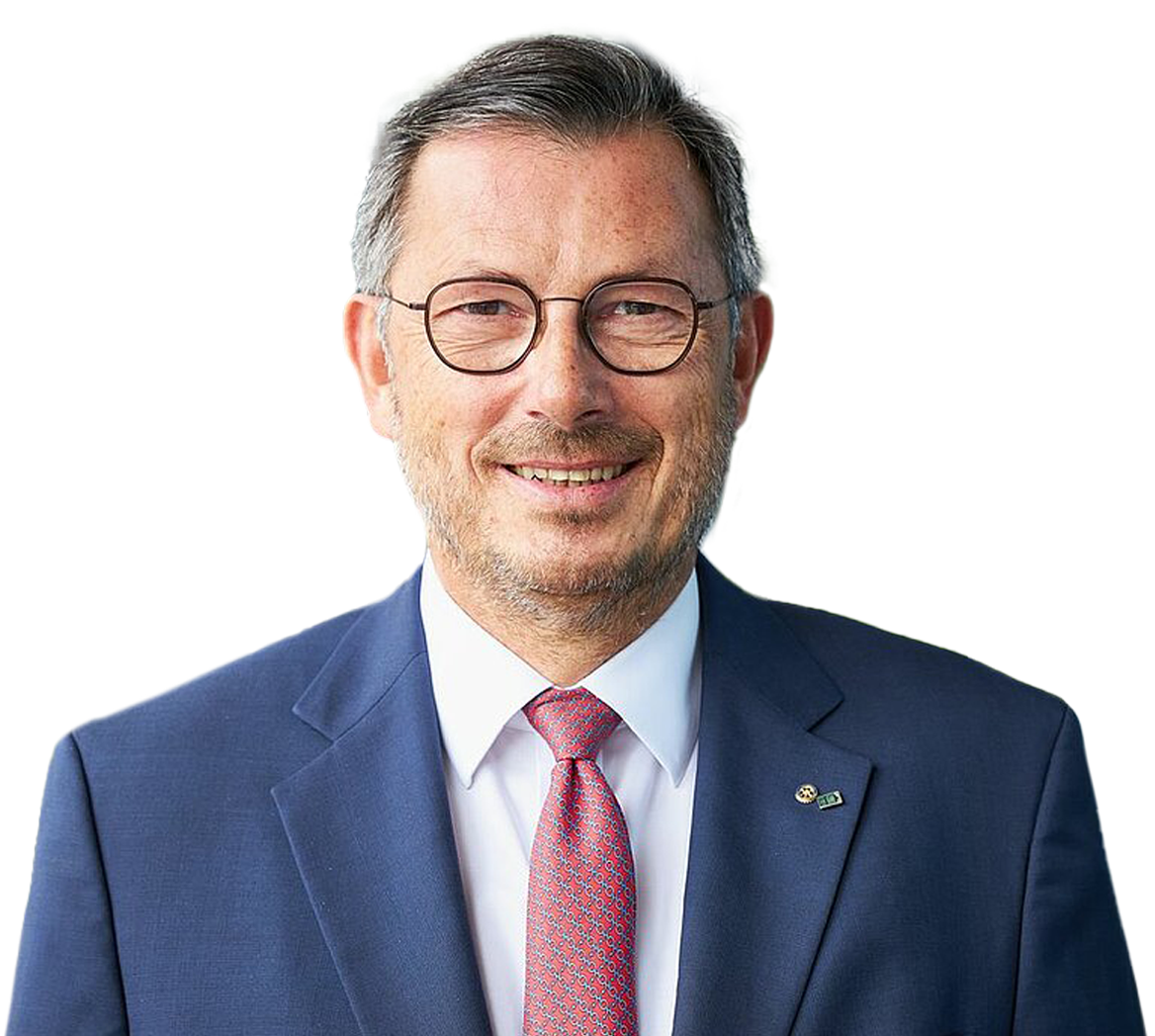
Which material streams should be looked at first?
Well, that is also one of the questions that needs to be answered. Do we want to try and close as many material life cycles as possible all at once? That would be the preferred option, of course, if everything were in place to make this possible. Looking at demographic change and the skills shortage, though, do the authorities, companies and trade associations really have the required manpower to do this?
I think that we’ll have no choice but to set priorities. Which is why we should focus on the raw materials that, firstly, are strategically important for German and European industry; secondly, have a major impact on curbing climate change; and, thirdly, are not being sufficiently recycled and reused to make new products. In other words: what must we do to grow the recovery rates of the raw materials that our industry needs? We must further integrate the NKWS into the raw material policy debates. This is the only way to create a holistic raw materials strategy that covers both virgin and recycled raw materials. The NKWS must serve as an umbrella strategy and act as the key element that ensures that there are resilient supplies of raw materials available on the one hand and that there are responsible measures in place to protect the environment and curb climate change on the other.
Which sectors are you thinking of in particular here?
With a workforce of almost 800,000 employees, the automobile sector is certainly one the key industries here in Germany. An NKWS that has been defined as an umbrella strategy should send a clear signal to the manufacturers: in the future, ‘Made in Germany’ should not just stand for premium quality products but also for climate neutrality and circularity in order to secure raw materials and curb climate change. To be able to do this, we must take a detailed look at the raw materials that the manufacturers need. Modern cars are made up of a whole range of different materials – steel, aluminium, glass and plastics to name just a few. How can we process metals and plastics, for example, so that the recycled raw materials are suitable for withstanding the extreme conditions of a car? How can we then make sure that these extremely high quality recycled raw materials are actually used?
Another example is the textile sector. Did you know that around 2,700 litres of fresh water are needed to produce a single cotton T-shirt? The current fast fashion trend requires huge amounts of resources. The circular economy is vital here as it is the only way to completely realign the textile industry and ensure it pursues a business model that respects our planet’s limits. To be able to do this, though, we need some smart rules and regulations.
And a third example is the construction sector. Around 50% of all the waste generated in Germany is mineral waste – 220 million tonnes to be precise – and this has a big impact on both the consumption of raw materials and on our climate. There is certainly much room for improvement as far as the use of recycled mineral aggregate is concerned though. How do we want to build in the future? What raw materials should we use? What instruments do we need to facilitate this? These are all questions that the NKWS must answer to show the country what direction it should be travelling in.
2030 is not that far away. Is it actually possible to implement the points you mentioned over the short and medium term?
Yes, it is. But we need to see progress being made more quickly here in Germany if it is to happen – and not just in one but in several different areas.

While everyone recognises that strategy papers are important, we mustn’t get tied up in them. At some stage, we also need to start implementing them.

If we are to set up a circular economy, then we need better data. Recording this data, however, must not lead to more red tape for companies. This means that the circular economy strategy must reduce red tape by digitising processes. This can only work, however, if the authorities are also able to digitally process the data.

It is vital that we have real-world labs where we can simply try things out. If we can’t gather real practical experience, then it will be difficult for us to leave the well-trodden path and implement innovative solutions.

If we are to achieve the NKWS’s ambitious goals, then we are going to have to invest heavily in infrastructure and new plants. You said it yourself: 2030 is not that far away. And so we urgently need accelerated planning and approval procedures in the circular economy as well.
Image credits: image 1: Shutterstock: dee karen; image 2: Shutterstock: petrmalinak; image 3: © REMONDIS







